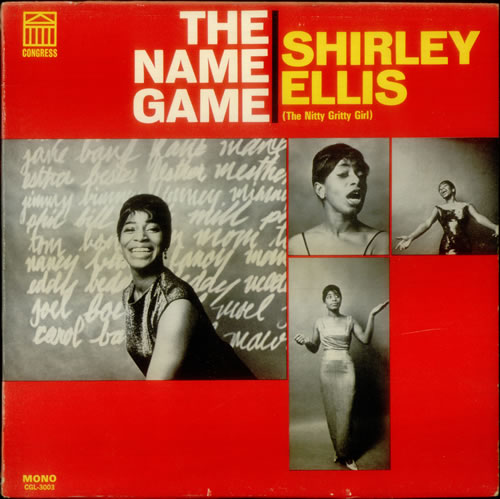Of all the decisions that will help a small business on the road to success, nothing is more important than the right name.
A name is the core of your marketing so it requires thought, discipline and some inspired spirit.
Along with my colleagues, I have named many businesses, brands, products and taglines during my 30 + years in marketing. The process I follow is very simple and straightforward. Here are several examples:
- Rough Cut was a brand a beef jerky that was distinctively thicker.
- Aquaria was the name of a line of luxury swimming pool floats.
- FanFare is the name of my daughter’s catering business. (her name is Fanny).
- The Exchange is a name for a marketing conference for the wine industry that is about the conversation among speaker and audience members.
- Transforming Foam into Innovation is a tagline for a business to business foam manufacturer.
- Baking a Difference is a tagline for a bakery business called GIVE that helps makes a difference by giving back a percentage of each sale.
Whether you are naming a company or a product, few decisions have the lasting impact that this choice will have on your success.
Here are the seven steps.
First, you must understand who you are marketing to. Who is the target? This will dramatically impact how you name your business. Do you talk to your mother in the same tone and language that you speak to your friends? Do you talk to your boss the same way you talk to your brother? Start with the target in mind.
Second, what is the emotional feeling you want to convey? If you are selling security systems for homes or businesses, then people want to feel safe. If you are selling colorful socks to celebrate the day, the emotion is happy. Find a single emotional word that is the end result of people buying products or services from you.
Third, write down three to five words that represent the essence of your brand. These words can be nouns or verbs but they help convey something important about the work you do. They can be both left and right brand – logical and emotional in nature. So if you have a dental practice, you may use words (or phrases) like an oasis from the pain, relaxing, comforting, pain-free, etc. If you are selling an innovative fly swatter with a special extension arm, you need to find words that help you explain this difference. So stretch, reach, de-bug and so on are words that start to convey your idea.
Fourth, get help. I don’t mean see a psychologist, but write up your needs in a short brief or email to some creative friends. Tell them that you want their help to name your business. Explain who your target is, what exactly your business will do, the emotional state you want people to have when buying from you, the distinctive position you want in the minds of your customers and provide them with a few example of names you have considered. Ask them for their suggestions and give them one week. Ask them to give you five ideas.
Fifth, collect the ideas and put each one on a page (Word or PowerPoint) and find a picture that illustrates the concept. Don’t worry about the perfect picture. (Google the word or phrase and go under the image to find a picture that works). Once you have a few dozen ideas, pick your favorite three.
Sixth, search here to see if the trademark is free and clear so you aren’t infringing on an existing mark. And, search here to see if you can buy the URL or something close to it. ( I couldn’t buy www.marketingsage.com so I bought www.themarketingsage.com)
Seventh, go back to your friends and colleagues and share your top three and ask them to pick one. See what feedback you receive and if there is a strong contender, consider that may be the winner. I find that I do want the feedback of the ‘many’ but I almost always just follow my own instinct and go with the name I think will stand the test of time.
Go join Shirley Ellis and play the name game.




